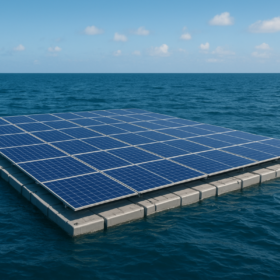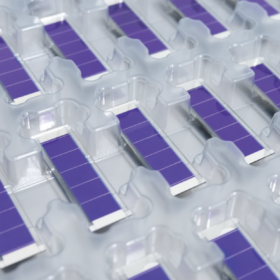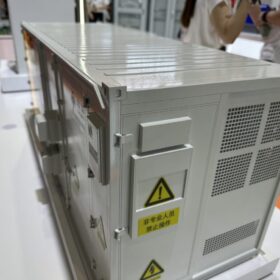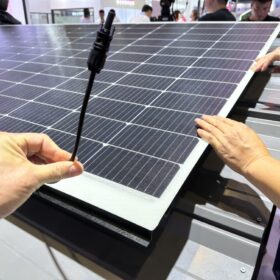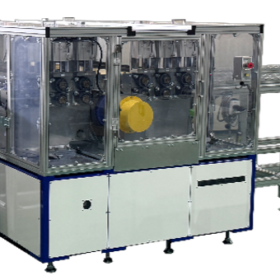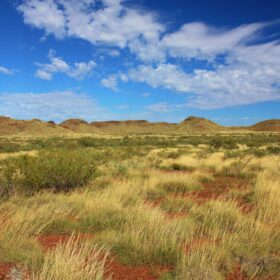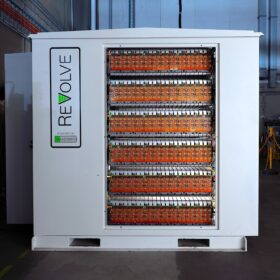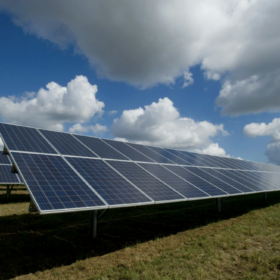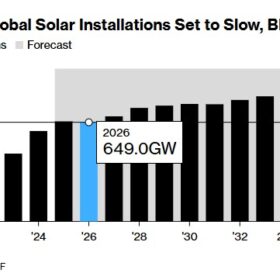Research provides cost benchmarking for offshore floating solar
An international team of researchers led by engineering consultancy RINA Australia has completed a preliminary techno-economic study on the global potential for offshore floating PV. The results provide project cost benchmarking, country-specific economic assumptions, and a global assessment of offshore solar’s levelised cost of electricity.
Panasonic glass-based perovskite solar panels tested in office windows
Japanese electronics manufacturer Panasonic is testing its glass-based perovskite solar PV technology in office windows made by YKK AP, a construction and building materials company.
ChasingLight Technology launches indoor organic PV modules
The China-based organic photovoltaics manufacturer has launched a line of indoor PV modules suitable for integration into digital office products and electronic devices.
Sinovoltaics updates financial stability ranking for battery manufacturers
The quality assurance service provider’s latest financial stability ranking has Tesla, Mustang Battery and Solid Power in the top three spots again, in a report that tracks manufacturers’ Altmann-Z scores over the past three years.
Sinovoltaics releases new PV inverter manufacturer financial stability ranking
The quality assurance firm updated its inverter manufacturer financial stability ranking with Kstar Science and Technology, APSystems and Delta Electronics in the top three spots. It reported 19 manufacturers showing “strong financial resilience” based on Altman-Z scores.
Sinovoltaics updates solar module manufacturer financial stability ranking
The quality assurance provider reported India-based Insolation Energy, Waaree Renewable Technologies, and Solex Energy retained the top three positions in its Altmann-Z score-based quarterly ranking. Its analysts noted the number of companies with healthier scores increased from nine to 11.
Chinese PV Industry Brief: Major solar manufacturers report steep Q3 losses
Longi Green Energy, JinkoSolar, and JA Solar each posted significant third-quarter losses amid continued price declines and high inventory levels, raising concerns among analysts about oversupply and margin pressure across the PV supply chain.
Japanese companies partner to establish solar glass recycling scheme
Two Japanese companies have announced a partnership to advance the recycling of solar panel cover glass for application in architectural flat glass production.
Toyota developing two-seater electric vehicle with solar roof
Toyota Manufacturing UK says it is leading a consortium to investigate the feasibility of a lightweight micro-mobility electric vehicle with a PV roof, digital connectivity, and sustainable components.
Nissan presents mini electric vehicle with expandable solar roof
The Japanese car maker announced it will show a prototype extendable solar PV rooftop onboard a Nissan Sakura Kei at an upcoming mobility industry event in Japan.
